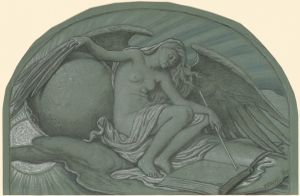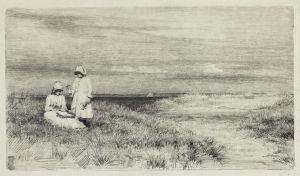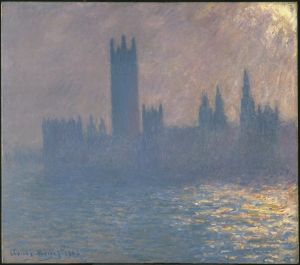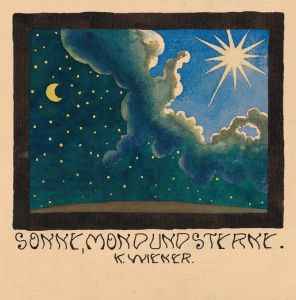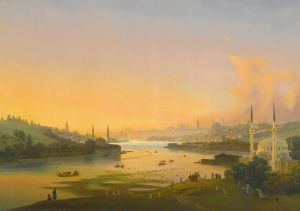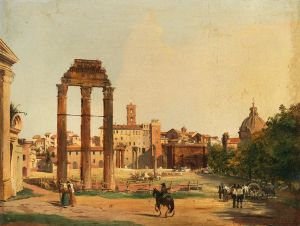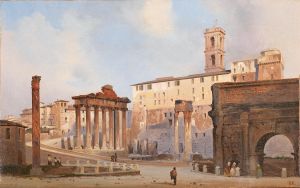
The Eclipse of the Sun in Venice, July 6, 1842
A hand-painted replica of Ippolito Caffi’s masterpiece The Eclipse of the Sun in Venice, July 6, 1842, meticulously crafted by professional artists to capture the true essence of the original. Each piece is created with museum-quality canvas and rare mineral pigments, carefully painted by experienced artists with delicate brushstrokes and rich, layered colors to perfectly recreate the texture of the original artwork. Unlike machine-printed reproductions, this hand-painted version brings the painting to life, infused with the artist’s emotions and skill in every stroke. Whether for personal collection or home decoration, it instantly elevates the artistic atmosphere of any space.
Ippolito Caffi's painting, "The Eclipse of the Sun in Venice, July 6, 1842," is a notable work that captures a rare astronomical event as observed from the iconic city of Venice. Caffi, an Italian painter known for his vedute, or detailed cityscapes, was particularly skilled at depicting atmospheric effects and the interplay of light and shadow, which are prominently featured in this painting.
The painting portrays the solar eclipse that occurred on July 6, 1842, an event that was visible across parts of Europe. This eclipse was a total solar eclipse, meaning that the moon completely covered the sun, casting a shadow over the Earth and creating a dramatic change in the natural lighting. Caffi's choice to document this event in Venice adds a layer of cultural and historical significance, as Venice was a major center of art and culture during this period.
In the painting, Caffi captures the unique lighting conditions created by the eclipse. The scene is set against the backdrop of Venice's famous architecture, with the city's canals and buildings rendered in meticulous detail. The sky, a central element of the composition, is depicted with a darkened hue, reflecting the obscured sunlight. This atmospheric effect creates a sense of awe and wonder, emphasizing the extraordinary nature of the eclipse.
Caffi's work is characterized by his ability to convey the mood and atmosphere of a scene, and "The Eclipse of the Sun in Venice" is no exception. The painting not only documents a scientific phenomenon but also captures the emotional and visual impact of the eclipse on the city and its inhabitants. The use of light and shadow in the painting highlights Caffi's skill in rendering the transient effects of natural light, a hallmark of his artistic style.
The painting is also significant for its historical context. During the 19th century, there was a growing interest in scientific observation and documentation of natural phenomena, including eclipses. Artists like Caffi played a role in this movement by providing visual records that complemented scientific descriptions. His painting serves as both an artistic and historical document, offering insight into how such events were perceived and experienced in the past.
Ippolito Caffi was an accomplished artist whose works often depicted scenes of urban life and architecture with a focus on atmospheric conditions. Born in Belluno, Italy, in 1809, Caffi studied in Venice and became known for his ability to capture the essence of a place through his detailed and evocative paintings. His works are celebrated for their technical precision and the way they convey the interplay between natural and man-made environments.
"The Eclipse of the Sun in Venice, July 6, 1842" is a testament to Caffi's talent and his interest in capturing the ephemeral qualities of light and atmosphere. The painting remains an important piece in the study of 19th-century art, illustrating the intersection of art, science, and the natural world. Through this work, Caffi not only documented a significant astronomical event but also contributed to the broader cultural and scientific discourse of his time.





